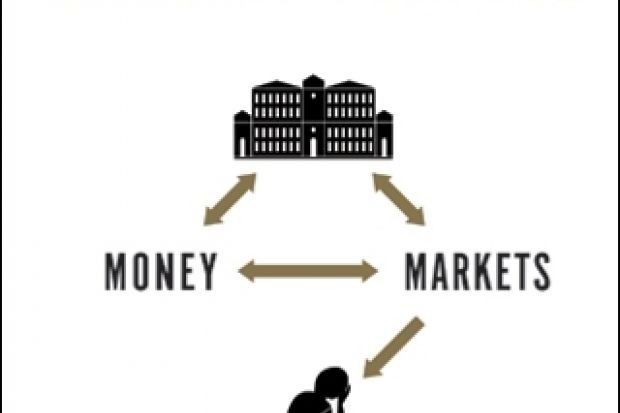Andrew McGettigan does not like the current UK government’s higher education policies. Many people share this view and they will find much evidence to support their opinions in The Great University Gamble. This book offers readers a detailed political and economic analysis of the Conservative-Liberal Democrat coalition’s response to issues such as the funding of the higher education sector, tuition fees, university governance and regulation. It successfully exposes some serious contradictions in current policy directions, for example the fact that increasing tuition fees necessitates “an additional loan outlay of £4.3 billion” that adds a net increase of £2 billion to government expenditure on higher education in the short term.
Despite the detailed analysis, however, this book is a problematic read. McGettigan describes the book as “a primer on how money is moving in new ways through the system”, which indeed it is. He suggests that his target audience is youngsters thinking of applying to university, and presumably with this readership in mind there is much content that will be all too familiar to those with more than a passing experience of the higher education sector. However, the assumption made throughout The Great University Gamble is that such young people have an interest in the intimate details of how their university experience is funded.
McGettigan covers mergers, bond issues and other “problems with the loan scheme from a fiscal and macroeconomic perspective”. Prospective students may be interested in the headline figure of how much university will cost them, but there is scant evidence to suggest they will be happier to pay tuition fees as a “top-up” given directly to their institution than as a replacement for the block teaching grant. Perhaps they should be concerned with these issues, but this book depends to a large extent on a pre- existing loathing for all things associated with the Conservative Party to justify the view that changes to funding arrangements are an issue for 18- year-olds.
We need to move beyond pantomime heroes and villains in order to explore the full impact of funding changes on the higher education sector. The Great University Gamble is so focused on an analysis of what has occurred in higher education policy under the present government that there is no context provided for recent developments. McGettigan professes to situate his account in the recent history of the past 20 years. Some might argue that going back even two decades does not provide sufficient context for understanding the nature of current changes. However, McGettigan covers this period in just three pages at the beginning of the first chapter, and we are then straight back to the coalition government’s response to the Browne Review.
Likewise, there is little context to the book’s analysis drawn from academic literature or public debate. Much has been written about many of the issues McGettigan takes up. Yet, outside the policy documents, reports from thinktanks, statistical data, letters and speeches from MPs, there is little indication that these debates are taking place among academics and in the real world as opposed to in a Westminster bubble. The only background to the important content covered appears in the form of cheap political swiping. Reforms are located within “the general conservative ideology”; education secretary Michael Gove has “proxies” in the mainstream press; and the marketisation of higher education is backed by “ideologues” in thrall to Milton Friedman.
This lack of context outside the immediate and the political leads McGettigan to draw some curious conclusions. He argues that one purpose of higher education should be the professional and vocational training of individuals, and yet at the same time suggests that universities should be focused on providing social and public goods rather than private goods. McGettigan seems to suggest that although tuition fees in 1998 (under the previous Labour government) were acceptable as they provided additional funding, tuition fees in 2013 are bad.
But beyond the political point scoring, there is some useful analysis. Chapters on corporate form and on governance and public accountability should be required reading for anyone working in a university currently undergoing changes in management structure. They highlight the exclusion of most members of academic staff from institutional decision-making processes. But without context, such commentary has little to offer the more general readership McGettigan hopes to reach.
The Great University Gamble: Money, Markets and the Future of Higher Education
By Andrew McGettigan
Pluto Press, 232pp, £60.00 and £16.99
ISBN 9780745332949 and 32932
Published 20 April 2013
Register to continue
Why register?
- Registration is free and only takes a moment
- Once registered, you can read 3 articles a month
- Sign up for our newsletter
Subscribe
Or subscribe for unlimited access to:
- Unlimited access to news, views, insights & reviews
- Digital editions
- Digital access to THE’s university and college rankings analysis
Already registered or a current subscriber? Login




